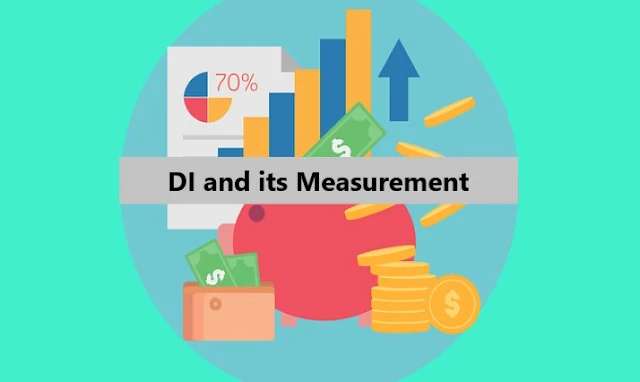In the world of economics, the concept of Personal Income (PI) is widely used to measure the total amount of money that individuals or households receive from all sources of income in a given period. However, Personal Income is not the same as the amount of money individuals have available to spend or save. That’s where Disposable Personal Income (DPI) comes in.
In this blog article, we will discuss in detail regarding Disposable Income (DI), also known as Disposable Personal Income (DPI).
What is Disposable Personal Income (DPI)?
Personal Disposable Income is the amount of money remaining after taxes and other deductions have been deducted from your income. The money can be used to purchase items or saved for the future. DPI provides a more accurate depiction of how much money you actually have available to spend or save, which is essential for understanding your purchasing power and economic contribution. DPI is comparable to the amount of money left in your pocket after paying all of your bills and taxes (Source).
In other words, DPI represents the income individuals or households have at their disposal for consumption and savings.
Why is DPI important?
DPI is an important economic indicator because it provides a more accurate picture of individuals’ purchasing power and their ability to consume goods and services. DPI changes can significantly impact consumer spending patterns, which in turn can affect economic growth and employment (Source).
For example, if taxes are lowered, individuals or households will have more disposable income to spend or save. This increased spending can boost the economy by increasing demand for goods and services, which in turn can lead to more job opportunities and economic growth.
How is DPI calculated?
DPI is calculated by subtracting taxes and other deductions from Personal Income (PI). Taxes and other deductions can include federal, state, and local income taxes, Social Security and Medicare taxes, and other payroll deductions.
The formula for calculating DPI is as follows:
DPI = PI – Taxes and Other Deductions
Once DPI is calculated, it can be further divided into two categories: Personal Consumption Expenditures (PCE) and Personal Savings (PS).
Personal Consumption Expenditures (PCE) refer to the amount of money that individuals or households spend on goods and services. This includes expenditures on food, housing, transportation, healthcare, entertainment, and other consumer goods and services.
Personal Savings (PS), on the other hand, refer to the amount of money that individuals or households save or invest for future use. This includes savings accounts, investments in stocks and bonds, and other financial assets.
Why is the division between PCE and PS important?
The division between PCE and PS is important because it helps to understand individuals’ or households’ spending and saving patterns. High levels of PCE indicate that individuals or households are spending a larger portion of their disposable income on goods and services, which can stimulate economic growth. On the other hand, high levels of PS indicate that individuals or households are saving a larger portion of their disposable income, which can be used for investment purposes and can contribute to future economic growth.
The ratio of PCE to PS can also provide insight into the economy’s overall health. For example, during times of economic growth, PCE tends to increase as individuals or households have more disposable income to spend. During times of economic downturn, PCE tends to decrease as individuals or households cut back on spending in order to save more.
Conclusion
In conclusion, Disposable Personal Income (DPI) is a crucial economic indicator that provides insight into the real income individuals or households have available for consumption and savings. The division between Personal Consumption Expenditures (PCE) and Personal Savings (PS) helps to understand individuals’ or households’ spending and saving patterns, which can significantly impact economic growth and employment.
- National Income (NI) and its Measurement
- NNP and its Measurement Methods
- Differences between GDP and GNP
- GNP and its Measurement Methods
- GDP and its Measurement Methods
- Personal Income (PI) and its Measurement
- Disposable Personal Income (DPI) and its Measurement
- Differences Between Personal Income and Disposable Personal Income
- PCI and its Measurement
- Happiness Index and its Measurement
- PQLI (Physical Quality of Life Index) and its Measurement
- HDI and its Measurement






Please leave your comments or ask your queries here. The comments shall be published only after the Admin approval.